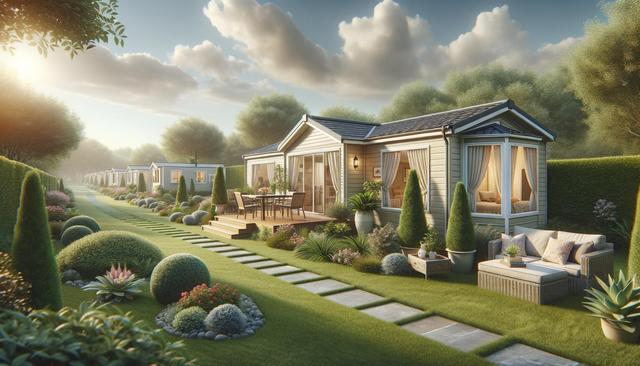Understanding the Market for Ultra-Low-Cost Homes
Homes priced under $10,000 are rare, but they do exist across the United States, particularly in economically distressed areas or in need of major repairs. These properties are often found in rural towns or older urban neighborhoods, where housing demand is low, and property values have declined over time. While the price tag is appealing, prospective buyers should be aware that these homes typically require a significant investment in terms of time, money, and effort to make them livable or profitable. Many of these homes are sold as-is, often through auctions, sheriff sales, or tax lien sales, where the price reflects the property’s condition and not necessarily its long-term value.
Some common reasons a home might be listed for under $10,000 include:
- Major structural damage or need for total renovation
- Location in a high-crime or economically depressed area
- Back taxes or liens owed on the property
- Foreclosure or abandonment
Understanding these factors is essential before making a purchase, as they can greatly impact the overall cost and feasibility of turning the home into a livable space or investment opportunity.
Where to Find Homes Below $10,000
Finding properties in this price range requires diligent research and often the willingness to look outside of competitive housing markets. Online auction platforms, county tax offices, and real estate websites that specialize in distressed or foreclosed properties are good starting points. Additionally, some nonprofit organizations, local governments, and housing programs offer properties at significantly reduced prices to encourage revitalization of neglected neighborhoods.
Some of the states where you’re more likely to find homes under $10,000 include:
- Michigan
- Ohio
- Indiana
- Alabama
- Mississippi
Smaller cities and towns in these areas often have surplus housing stock and limited buyer interest, which drives down prices. However, prospective buyers should also research the quality of life, employment opportunities, and community resources in these locations before making a decision.
Challenges and Considerations with Low-Cost Homes
While buying a home for under $10,000 can be a unique opportunity, there are considerable risks and challenges involved. Many of these homes may be uninhabitable without major renovations, which can range from plumbing and electrical upgrades to roof replacements or even structural repairs. Before purchasing, it’s crucial to conduct a thorough inspection or at least understand the common issues associated with homes in that area.
Key challenges include:
- High renovation costs
- Possible legal issues such as liens or unclear titles
- Difficulty obtaining traditional financing
- Limited resale value
Buyers should also consider zoning laws and building codes, which may restrict what can be done with the property. Consulting with a local real estate agent, contractor, or legal expert can help mitigate some of these risks and clarify what to expect.
Investment Opportunities and Long-Term Potential
Despite the challenges, homes under $10,000 can offer compelling investment opportunities for the right buyer. Investors with experience in property renovation or those looking to build a rental portfolio at a low initial cost might find value in these properties. In some cases, revitalizing a low-cost home can lead to significant appreciation, especially if the surrounding area is undergoing economic development or revitalization efforts.
Some potential strategies for these properties include:
- Fix-and-flip for resale
- Convert into rental housing
- Use as a vacation or seasonal home
- Hold as a long-term investment
Buyers should approach these properties with a clear plan and budget in mind. This includes not only the purchase price but also renovation expenses, taxes, insurance, and potential holding costs.
Tips for First-Time Buyers Looking at Low-Cost Properties
For individuals exploring the possibility of homeownership on a tight budget, low-cost homes might offer a pathway into the market. However, preparation and due diligence are critical. Here are a few tips to help first-time buyers navigate this segment of the market:
- Start with research—understand local market conditions and property histories
- Be realistic about renovation needs and set a budget accordingly
- Consider working with professionals such as inspectors, realtors, and contractors
- Look into alternative financing options like personal loans or renovation grants
- Ensure the property has a clear title and no hidden legal complications
While the idea of owning a home for less than the price of a used car is intriguing, success in this arena requires patience, planning, and a willingness to take on a project. For some, it can be a stepping stone toward building equity and gaining experience in real estate.
Conclusion: Is a $10,000 Home Right for You?
Buying a home under $10,000 in the United States is not a typical real estate transaction—it’s a niche opportunity that comes with both potential and pitfalls. For those willing to put in the work and navigate the complexities of these properties, it can be a rewarding endeavor. Whether you’re an investor looking to expand your portfolio or a resourceful individual seeking affordable housing, understanding the realities behind these low-cost homes is crucial. Always approach with caution, seek expert advice, and remember that the low purchase price is just one part of a much bigger picture.


